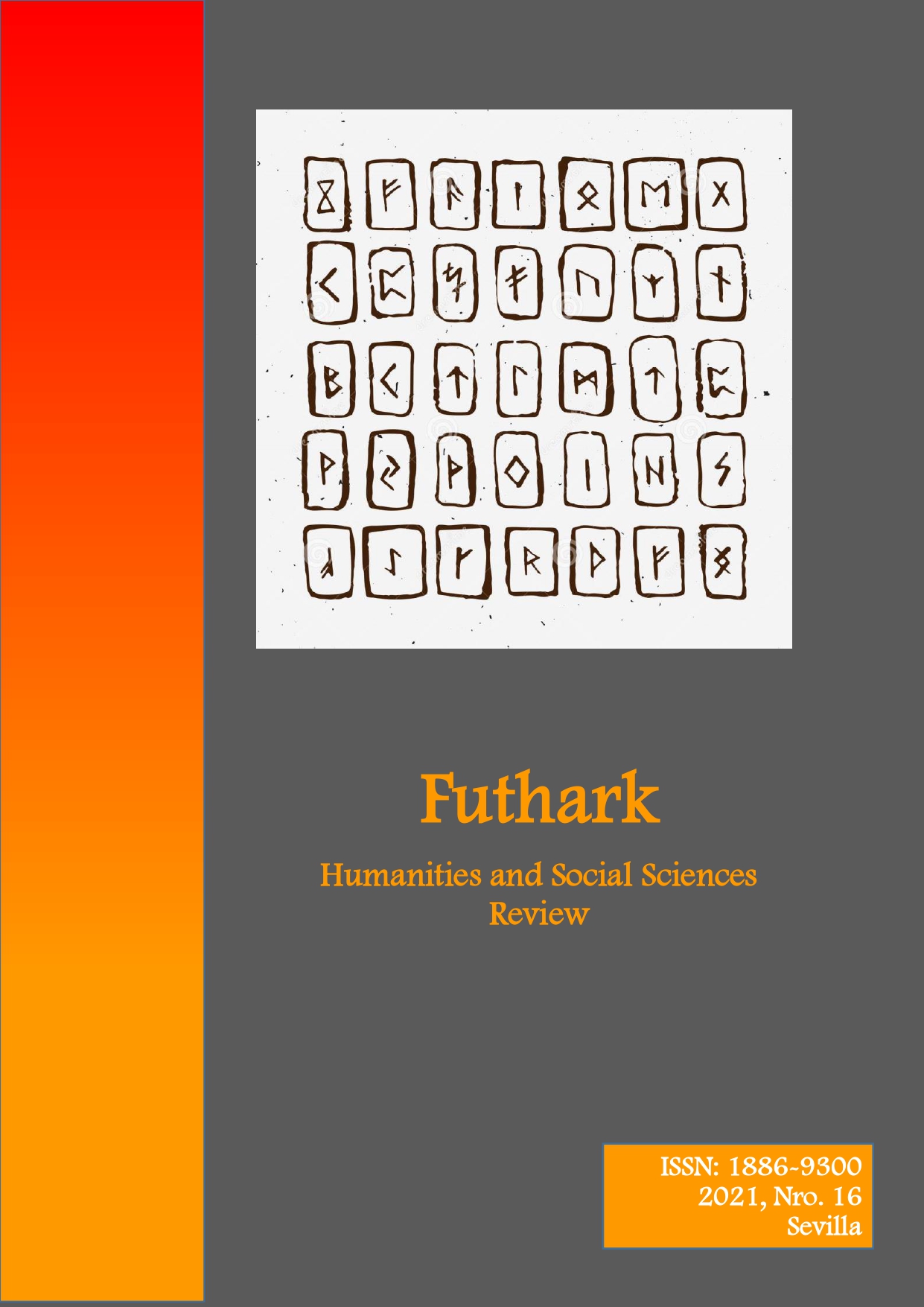A classification proposal of songs in audiovisual productions with musical content
DOI:
https://doi.org/10.12795/futhark.2021.i16.03Keywords:
audiovisual translation, público juvenil, Skopos, functionalism, musical films, song translationAbstract
Accoding to Low, a song is comprised of three main components: text, performability and music; that is, songs are a combination of verabl, visual and musical elements. Songs involve people of all ages, backgrounds and hometowns, and play an important role in the majority of the cultural and linguistic identities of the human being. Through their lyrics, emotions are expressed, experiences are told, fiction stories are created and people are entertained. For all these reasons, the present research study is based on Low’s work and states that songs with verbal components, although accompanied by instruments and/or visual elements, should be translated. Taking this into account, this paper delves into the characterisation of audiovisual productions with musical content and presents a clasification proposal with simple but defining characteritics on the translation of songs: canciones dialogadas (narrative songs), canciones narrativas dialogadas (dialogue narrative songs), canciones ambiente (atmosphere song), canciones ambiente-narrativas (atmosphere-narrative songs), canciones de fondo (background songs) and canciones de créditos (credits songs). Although the general opinion could wonder what’s more important: music or lyrics?, translators who face a song should understand it as a completed product and should try to make it work in a funtional way in a new communicative context, despite that song, in isolation, could seem logocentric or musicocentric.
Downloads
Downloads
Published
Versions
- 2022-02-14 (2)
- 2021-12-31 (1)




